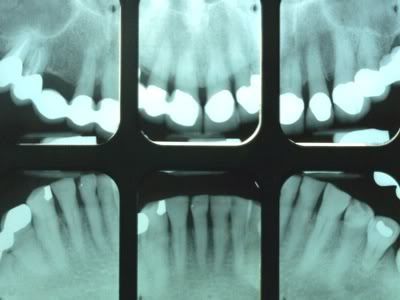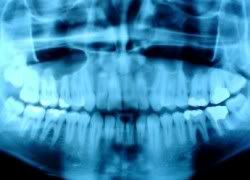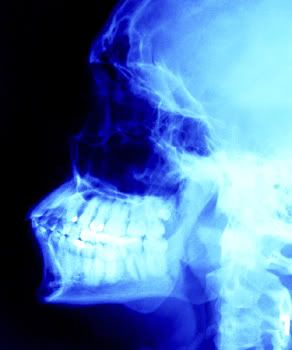 The JB-70 redefines AC technology with the perfect balance of imaging excellence, simple, efficient operation and smart good looks. Microprocessor controls and our advanced pre-heat feature make the JB-70 the imaging foundation of today’s dental practice—ideal for standard and high speed films and optimized for today’s digital receptors. It’s a new generation of dental imaging brought to life in an intraoral x-ray system that is smarter, more reliable and easier to use.
The JB-70 redefines AC technology with the perfect balance of imaging excellence, simple, efficient operation and smart good looks. Microprocessor controls and our advanced pre-heat feature make the JB-70 the imaging foundation of today’s dental practice—ideal for standard and high speed films and optimized for today’s digital receptors. It’s a new generation of dental imaging brought to life in an intraoral x-ray system that is smarter, more reliable and easier to use.All the features you need for everyday imaging excellence:
- 70 kVp and 7 mA
- 0.7 mm focal spot
- Large, easy to understand icons
- 30 Pre-programmed techniques
- Manually selectable time settings
- Effortless, drift-free positioning
- Unique tube head handle
- Compatible with film, sensors and phosphor plates


Easy to understand icons and 30 pre-programmed anatomical technique settings ensure instant proficiency for every user. Time settings can be selected according to individual preferences using the keys on the control panel and stored into memory for future use. The sleek control panel can be removed from the power base and mounted in another area in or outside of the operatory. Two push button remote stations and a corded control are also available as accessories for remote exposure installations.
Sophisticated materials and design provide unprecedented quality and stability
 High-tolerance, frictionless joints provide amazingly smooth and effortless arm movement. Add Progeny’s heavy-duty, dual braking system for dependably precise and stable positioning for years to come. The JB-70 is available with a 56”, 66” or 76” arm length and can be mounted on the wall or in a pass through. The JB-70’s tube head handle makes movement especially easy and the offset tube head design allows the user to see the patient clearly at all times for precise positioning.
High-tolerance, frictionless joints provide amazingly smooth and effortless arm movement. Add Progeny’s heavy-duty, dual braking system for dependably precise and stable positioning for years to come. The JB-70 is available with a 56”, 66” or 76” arm length and can be mounted on the wall or in a pass through. The JB-70’s tube head handle makes movement especially easy and the offset tube head design allows the user to see the patient clearly at all times for precise positioning.Here's a product review I got from this site: http://dentalinsider.wordpress.com
Progeny JB-70 X-Ray Product Review
What to do get when you take Engineers, Vice Presidents and the CEO of one of the leading companies in dental xray and give them a clean slate to start from?
Progeny Dental’s JB-70….The Next Generation of Dental Imaging has arrived. This xray not only looks good, but offers simple controls, flawless imaging and a very competetive price. ($4500.00 Retail)
Intallation is very straight forward and is setup for a single stud mounting, right out of the box. An optional two stud mounting plate($185.00 retail) is available when you’re mounting the unit across two studs, 16 inches on center.
If you’re in the market for a new x ray unit, I suggest you take a look at the Progeny JB-70 or their sister xray unit the Preva DC unit. Either would be a smart choice for your practice.
Source: progenydental
For complete details check here





